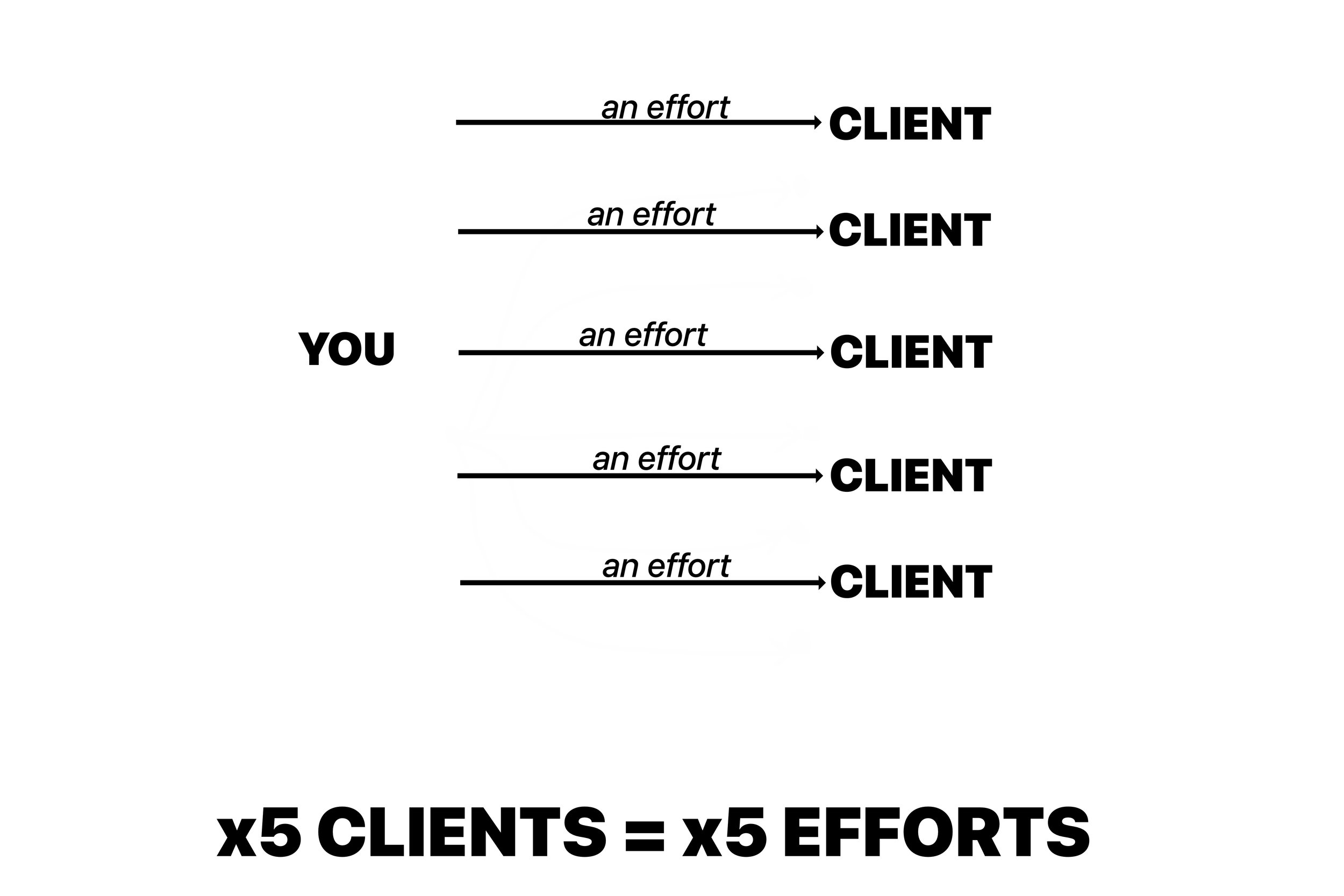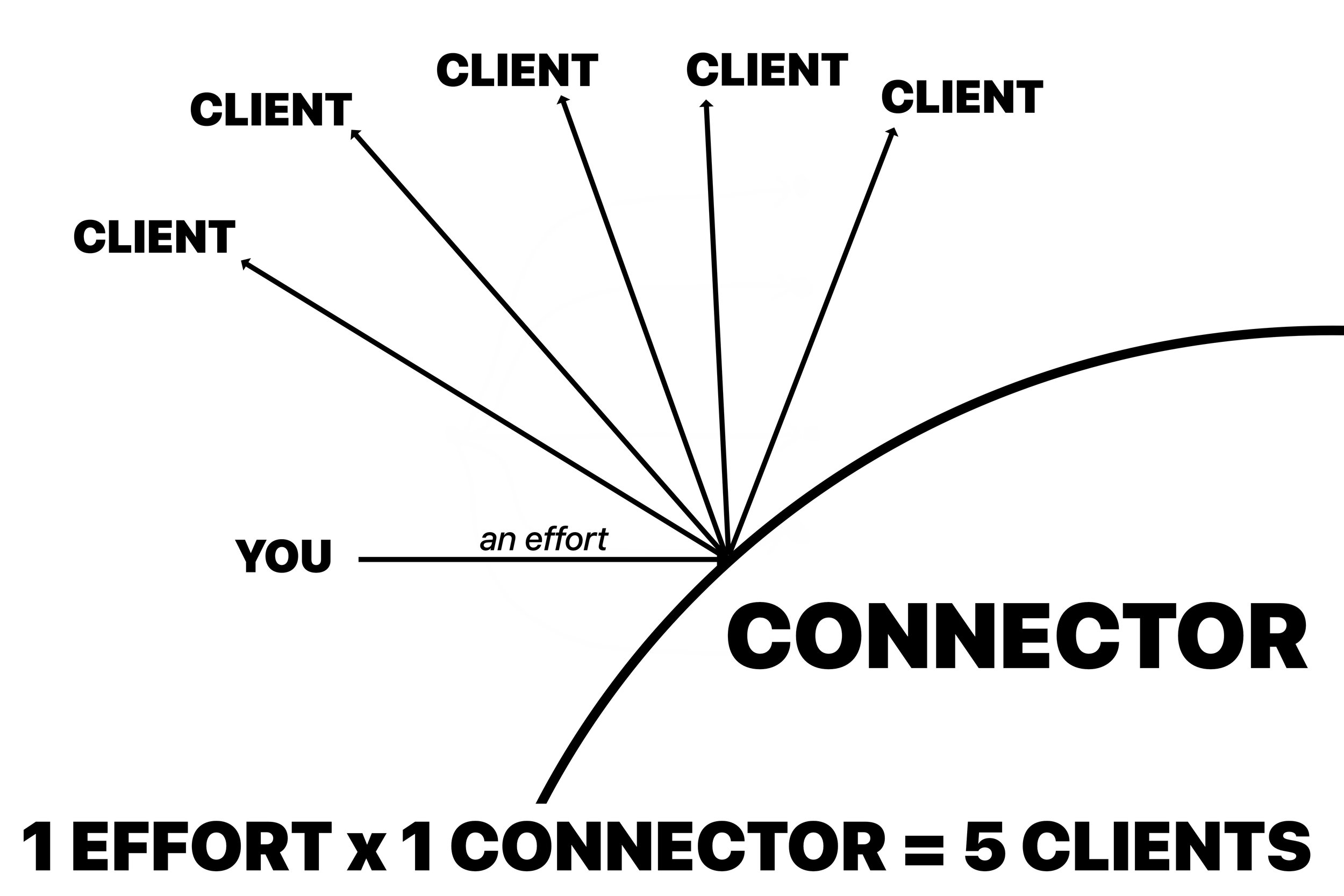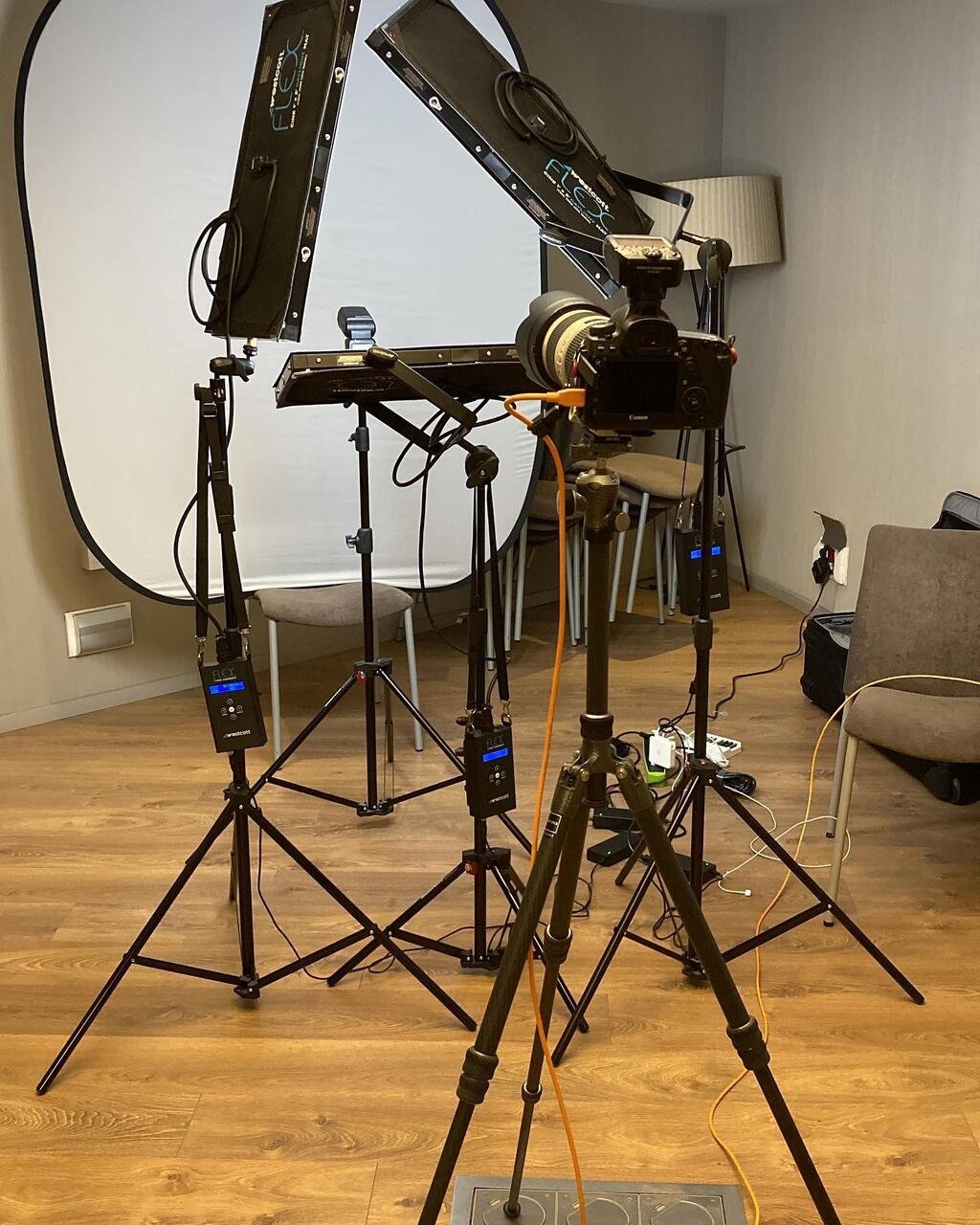I started as a portrait photographer by shooting actors.
The first thing I learned – headshots are the essential part of any actor’s portfolio.
But not the only one.
Here are some ideas on how to build your portfolio if you are an actor:
1. Get a professional headshot.
It’s like setting up a LinkedIn account or creating a business website — because acting is also a business, right? Your headshot must be well-lit, clean, simple, and done as professionally as possible. I’m not even saying “the best you can afford” because, honestly, being invisible is the real threat to your acting career, not the price of a headshot.
This headshot will appear on every agency website, every casting submission, and anywhere your name comes up. You will email it out over and over again, and it will be seen by people making decisions — often before they even meet you. The second you send it out, it’s out of your control, which is why it needs to be flawless.
2. Get more than one headshot.
The key to a strong acting portfolio is variety. You can’t play the same role for the rest of your life, so your images should reflect different sides of you while still feeling like you.
I love when actors show up at my studio rolling a suitcase full of clothes and accessories. That’s the right approach. Shooting an actor’s portfolio is always a long and exciting process. It’s about experimenting, pushing boundaries, and breaking away from the image you think you need to have.
Unlike business headshots, where I focus on finding the single best angle to emphasize strengths, an acting portfolio is about exploring multiple angles, moods, and styles. Sometimes, you’ll realize that one side of your face makes you look younger while the other side makes you look older. Guess what? That means more variety — and that’s exactly what you need. Clothing and lighting can do more than a thousand words, shaping your overall look in ways you might not expect.
3. Once you have your headshots, expand your portfolio with portraits.
After your portfolio is equipped with impeccable headshots, it’s time to go beyond the basics.
Now, you can get portraits from different photographers — and yes, variety again! This is where you can finally step outside the strict rules of headshot photography and create images that tell a deeper story. But that doesn’t mean randomly showing yourself in different situations just for the sake of it. Every image should project a message, an emotion, or a role you’ve always wanted to play.
4. And, of course, videos.
Your portfolio isn’t just about still images. You need video.
Reels from past projects, self-tapes, even a simple video introduction — but please, never beg for a role in your video. That looks miserable and repelling. Instead, own the stage.
Be the one in control. Be the boss in the room, the attention magnet. Present yourself as an asset — someone they need in their next project. Because at the end of the day, that’s what gets you cast.
























